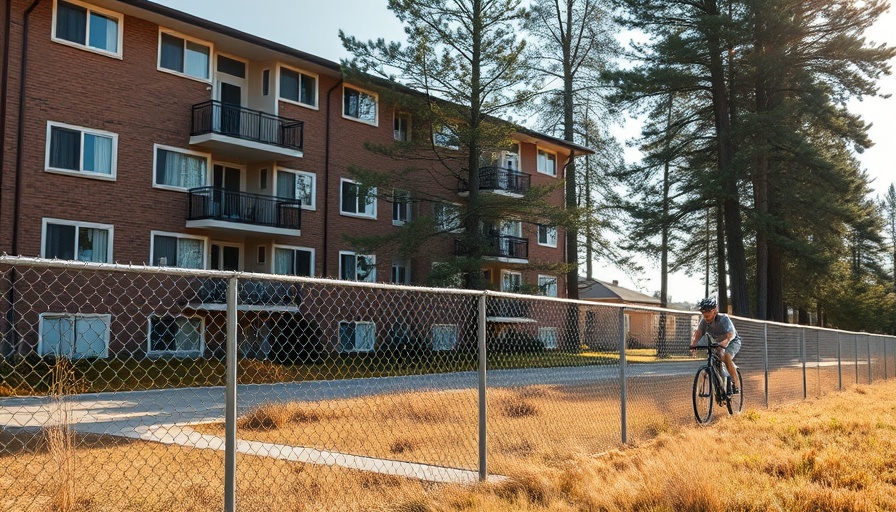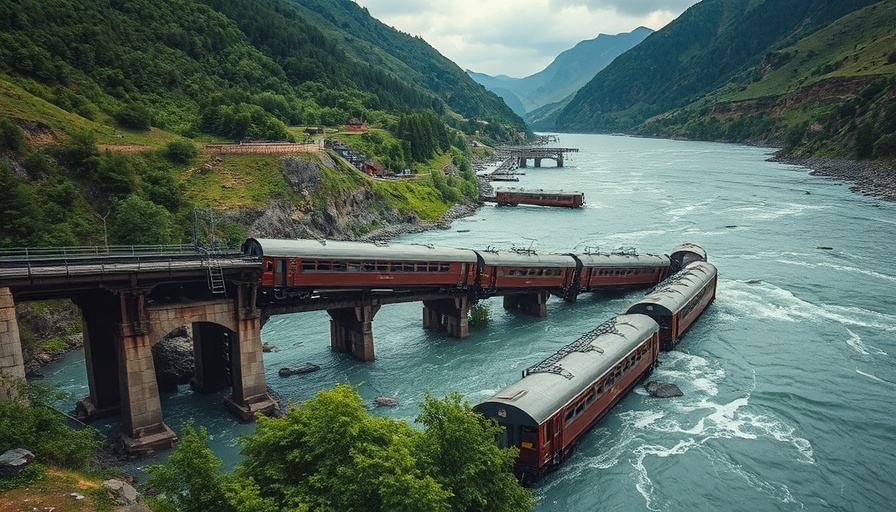
El Cajon’s Lagging Homebuilding: An Alarming Trend
In a region where housing is a pressing issue, El Cajon stands out for its slow pace of home construction. While many areas in coastal San Diego grapple with the tension between development and community character, El Cajon has permitted fewer new homes than any other city in the region from 2018 to 2024. According to data analyzed by Voice of San Diego and KPBS, El Cajon allowed less than 10 homes per 1,000 residents during that period. Mayor Bill Wells attributes the stagnation to limited available land, despite city policies supposedly encouraging development.
Understanding the Housing Drought
This significant lag raises concerns, especially since other cities like National City granted twice as many permits per capita during the same timeframe. It’s crucial to understand the factors hounding El Cajon—primarily the restrictions posed by its geography and existing land use policies. Developers are beginning to shift their attention to aging commercial properties, such as old strip malls, suggesting a possible path toward increasing density. However, without clear encouragement from city leadership, these efforts may not materialize.
Contrasting with Neighboring Cities
The contrast with other populated cities is stark. National City, which permitted more homes than El Cajon, highlights a critical lesson: proactive measures can lead to tangible results in housing availability. As El Cajon remains reluctant to evolve its zoning laws, it risks becoming increasingly isolated in a housing market desperately seeking development.
Future Development Opportunities
Despite the challenges, El Cajon isn’t entirely without resources for future growth. City officials must capitalize on opportunities to repurpose old land. Many aging strip malls are located in areas ripe for redevelopment. Visionary planning could convert these neglected spaces into vibrant housing projects. Furthermore, as city leaders recalibrate their approach, authorities could explore financial incentives for developers willing to take risks on new building ventures.
The Role of Community Advocacy
Community involvement will play a vital role in shaping El Cajon’s housing landscape. Local residents must advocate for thoughtful development—balancing the needs for more affordable housing while preserving the city’s unique identity. Educating the public about the importance of urban density can foster a more supportive environment for potential builders. It’s essential to bridge the gap between community resistance and the pressing need for housing.
What Can Residents Do?
Residents of El Cajon have a critical part to play in this unfolding story. Engaging with city council meetings, participating in local discussions, and sharing perspectives with neighbors can raise awareness about the importance of addressing housing demands. Furthermore, residents can promote sustainable development practices that enhance community connection without sacrificing the environment or quality of life.
A Call to Action: Embrace Forward-Thinking Development
Ultimately, the path forward for El Cajon is multifaceted. The community must embrace innovative approaches to urban planning while fostering dialogues that prioritize both growth and quality of life. By involving residents and developers alike in the future housing discourse, El Cajon can turn its developmental stagnation into a beacon of revitalization and sustainable living.
 Add Row
Add Row  Add
Add 




Write A Comment